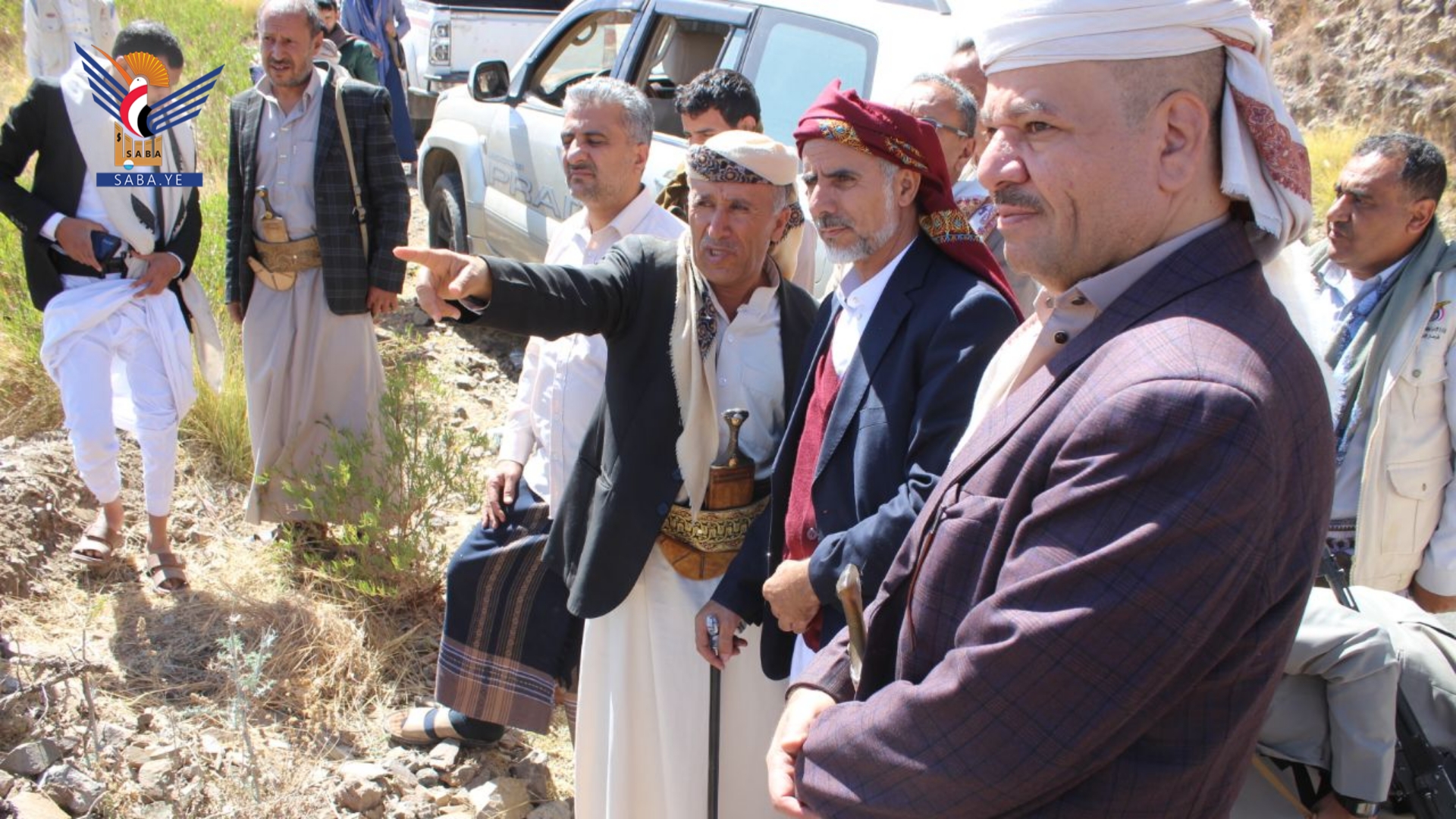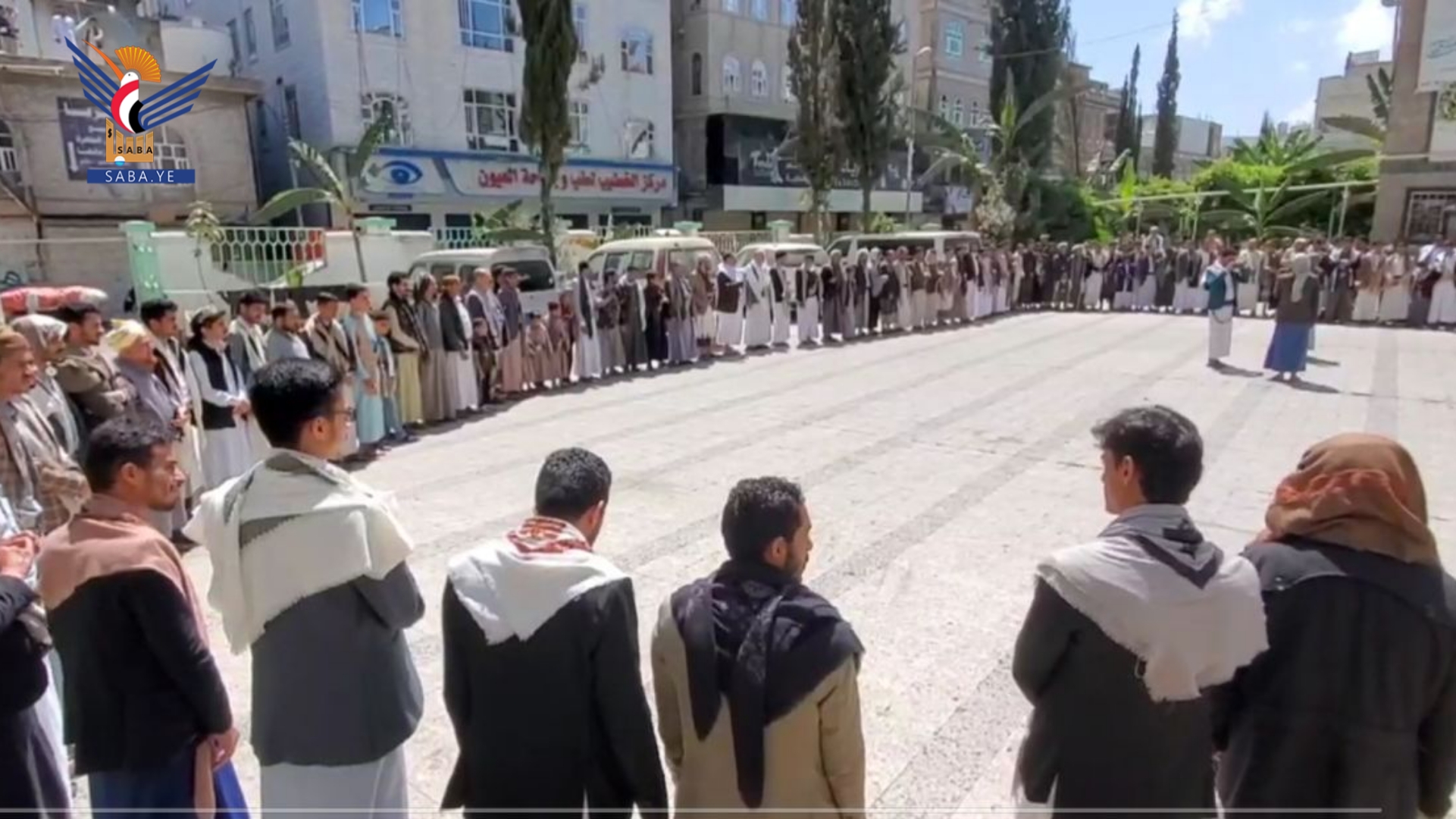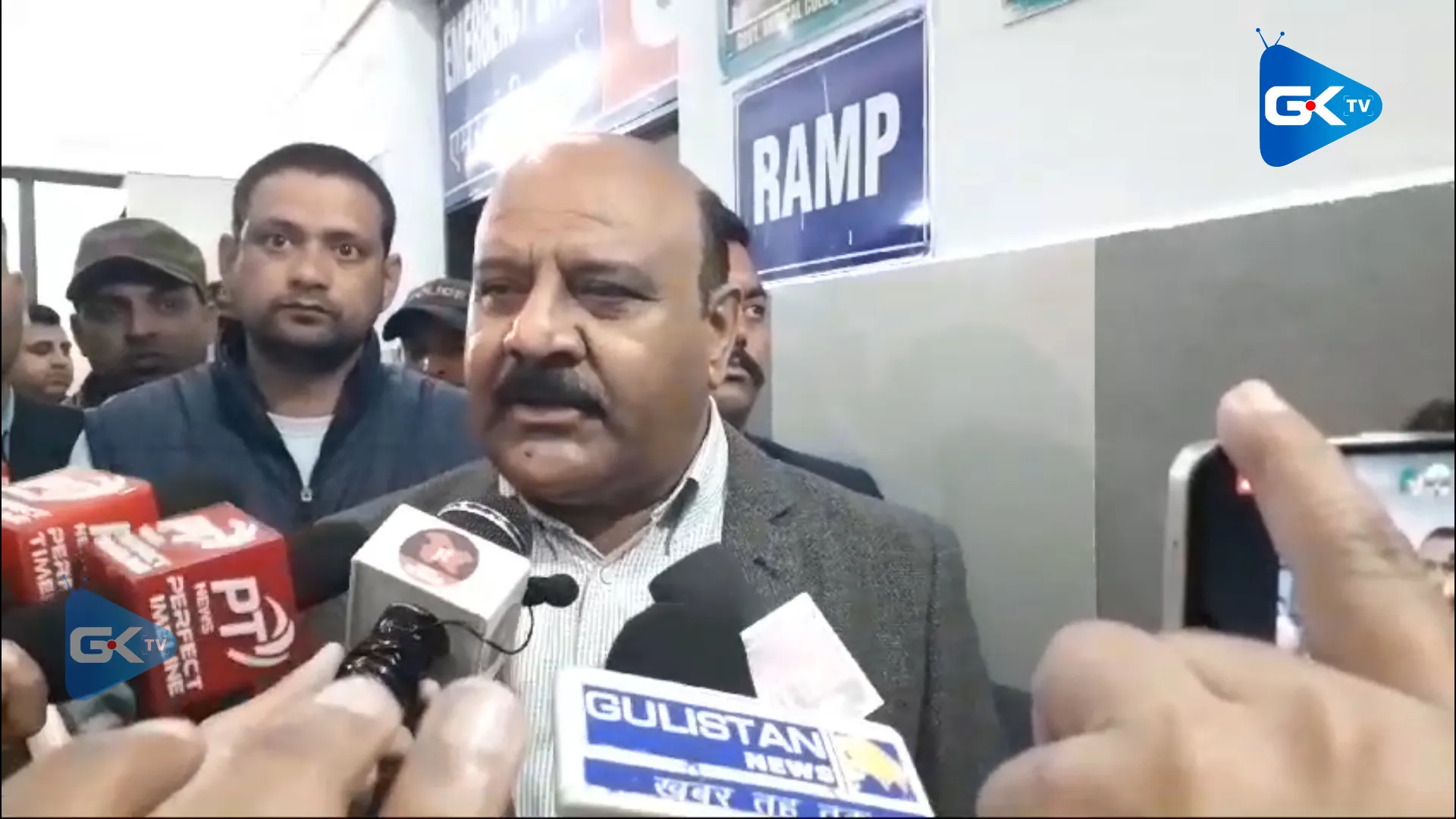
As the 2025 general election in Trinidad and Tobago draws near, Tobago’s two parliamentary seats—Tobago East and Tobago West—are set to be battlegrounds for the People’s National Movement (PNM) and the newly formed Tobago People’s Party (TPP). The incumbents, Ayanna Webster-Roy (Tobago East) and Shamfa Cudjoe (Tobago West), have been key figures in the PNM’s dominance over the island’s parliamentary representation. However, with growing political shifts and a resurgent push for Tobago’s autonomy, the upcoming election poses a significant challenge for the ruling party.
The current Member of Parliament for Tobago East, Ayanna Webster-Roy, has served since 2015 and has also played a crucial role in the PNM’s governance. As Minister of State in the Office of the Prime Minister responsible for Gender and Child Affairs, she has spearheaded initiatives aimed at protecting vulnerable populations. However, she has faced criticism from constituents who believe that Tobago’s needs have not been adequately addressed under the PNM.

The continued concerns over economic stagnation, lack of infrastructural advancements, and dissatisfaction with the central government’s approach to Tobago’s affairs have weakened support for the party. Shamfa Cudjoe, the MP for Tobago West since 2015, has also been a significant player in the PNM government, holding ministerial roles, including Minister of Sport and Community Development. Throughout her tenure, she has been vocal on issues related to tourism, youth development, and infrastructure.
Under her representation, Tobago West has seen improvements in sporting facilities, investments in tourism, and the expansion of community-based programmes. The Dwight Yorke Stadium was refurbished, upgrades were made to community centres, and there were efforts to boost Tobago’s economic activity through various government initiatives. Despite these achievements, Cudjoe faces increasing scrutiny from voters who believe that Tobago has not seen the level of progress expected under PNM governance.
The inter-island transportation crisis, economic stagnation, and growing calls for greater autonomy have contributed to voter dissatisfaction. The 2025 election presents a formidable challenge for the PNM in Tobago. The emergence of the Tobago People’s Party (TPP), formed by former members of the Progressive Democratic Patriots (PDP), has reshaped the political landscape under the leadership of Farley Augustine.
The party is campaigning on a platform of greater autonomy, improved governance, and a stronger commitment to Tobago’s unique needs. Their narrative aligns with a growing sentiment among Tobagonians who feel that the PNM has taken their loyalty for granted. It is said that the hot favourites for the TPP’s candidacy are Nathisha Charles-Pantin for Tobago West, along with William Nurse and Ann Natasha Second for Tobago East.
If officially selected, these candidates could significantly challenge the PNM stronghold on the island. Charles-Pantin is known for her community involvement and advocacy, making her a formidable opponent against Cudjoe in Tobago West. Meanwhile, in Tobago East, Nurse and Second both bring experience in education and governance, which could bolster the TPP’s appeal among undecided voters.
Their selection would set the stage for one of the most competitive electoral battles Tobago has seen in years. For the PNM to retain Tobago East and Tobago West, Webster-Roy and Cudjoe must address the electorate’s concerns convincingly. They will need to demonstrate tangible achievements and outline a clear, actionable plan for Tobago’s development.
Their strong ties to the PNM’s central government can either be an asset—showing continuity and experience—or a liability, especially if voters perceive them as representatives of a system that has neglected Tobago’s progress. On the other hand, the TPP’s challenge lies in proving that it can govern effectively. While the party capitalises on discontent with the PNM, it must present concrete policy proposals beyond just advocating for autonomy.
Winning requires not only appealing to the frustrations of Tobagonians but also convincing them that the TPP can deliver where others have not. The TPP will have to present a clear and compelling vision for Tobago’s future, particularly in Tobago West, where Cudjoe remains a strong force. If the TPP hopes to unseat her, it must offer viable economic solutions, a solid governance strategy, and strong candidates capable of gaining the trust of voters.
The battle for Tobago’s two seats will be one of the most closely watched aspects of the 2025 general election. While the PNM still commands a strong support base, the shifting political climate suggests that these constituencies are no longer guaranteed victories. The final outcome will depend on whether Webster-Roy and Cudjoe can reaffirm their leadership or if the TPP can successfully position itself as Tobago’s new political force, especially with candidates like Charles-Pantin, Nurse, and Second entering the race.
.















